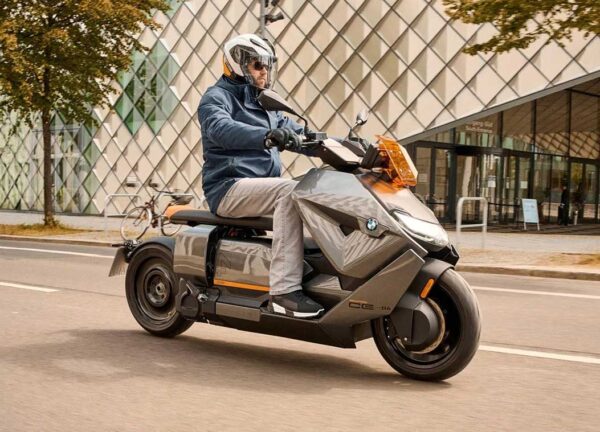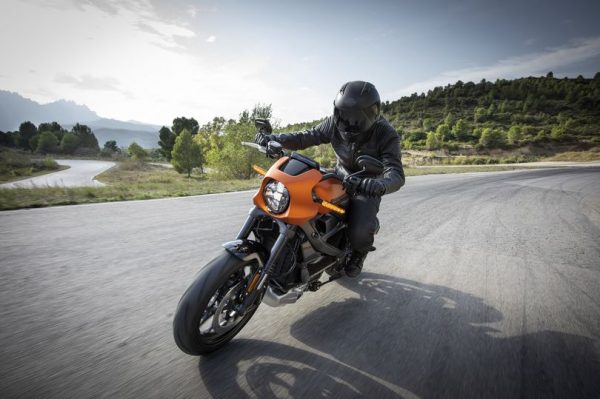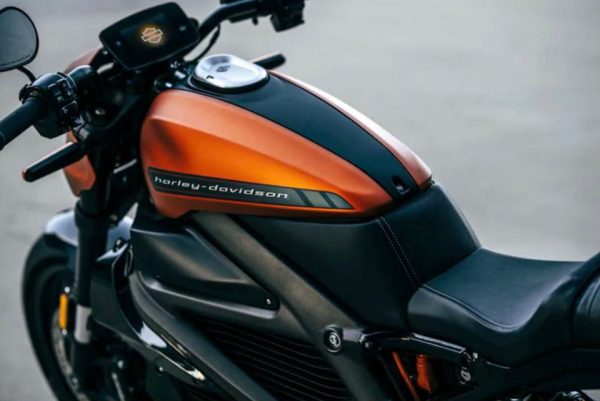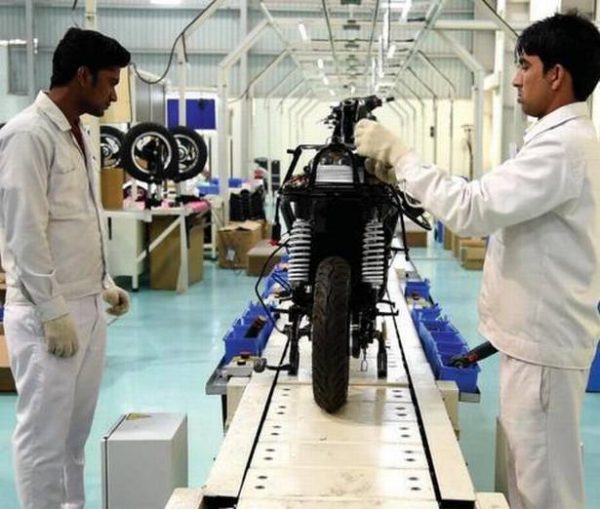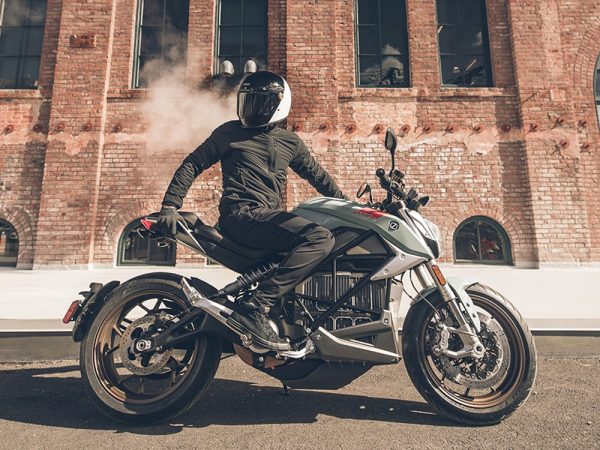BMW futuristic 75 mph electric scooter
by Micah Toll from https://electrek.co Definition CE 04 is not a production series model and not available for sale. The scooter won’t be available until 2022, and will carry a price of USD $11,795 in the US. SEE BMW CE 04 at Motorrad Website by Clicking Here. BMW has brought its futuristic concept electric scooter to life as the BMW CE 04. No longer just a lofty design study, the new electric scooter is prepared for production as the first in a new succession of electric urban mobility solutions from BMW Motorrad. The BMW CE 04 follows very closely with the original concept bike unveiled last year, while offering minor concessions to ease production of the new electric two-wheeler. But the inclusion of realistic fenders and practical mirrors hasn’t dulled the sharp, progressive design. It features no shortage of bright colors, floating panels, storage compartments, and angular edges. Even that single-sided rear swingarm puts a new twist on classic engineering. The electric scooter includes a peak-rated 31 kW (42 hp) frame-mounted electric motor designed to offer zippy urban acceleration. BMW claims it can reach a speed of 50 km/h (31 mph) in 2.6 seconds, meaning riders should have no problem pulling away quickly from traffic lights. Even considering the continuous motor rating of 15 kW (20 hp), the CE 04 is still much more powerful than other full-size urban electric scooters on the market. With a full twist of the wrist, the scooter tops out at 120 km/h (75 mph). There’s also a reduced power model with a 23 kW (31 hp) motor, though it still reaches the same top speed. The internal battery in the higher spec model provides 8.9 kWh of capacity and is rated for up to 130 km (81 miles) of range. The reduced power model […]
BMW futuristic 75 mph electric scooter Read More »

